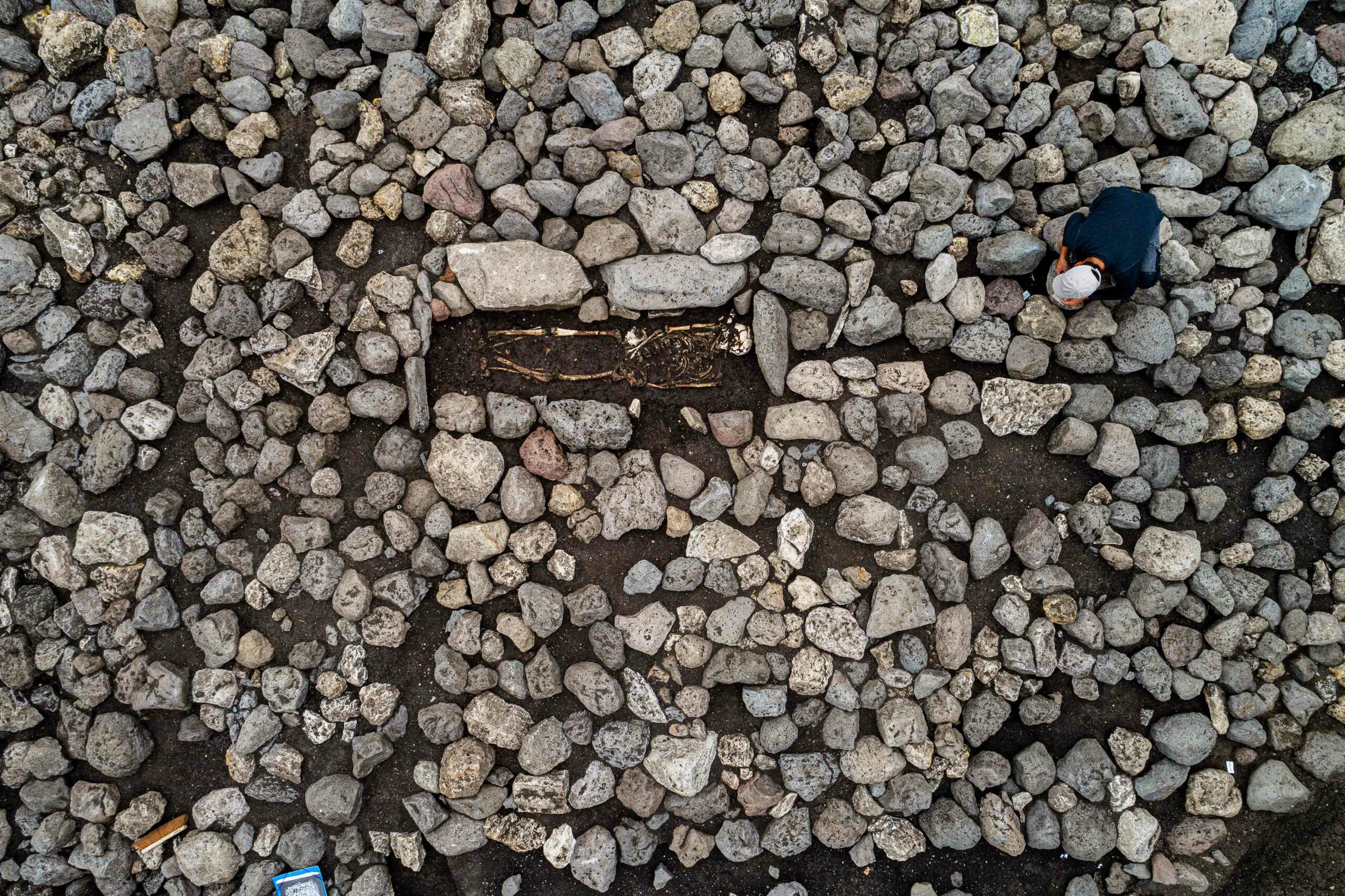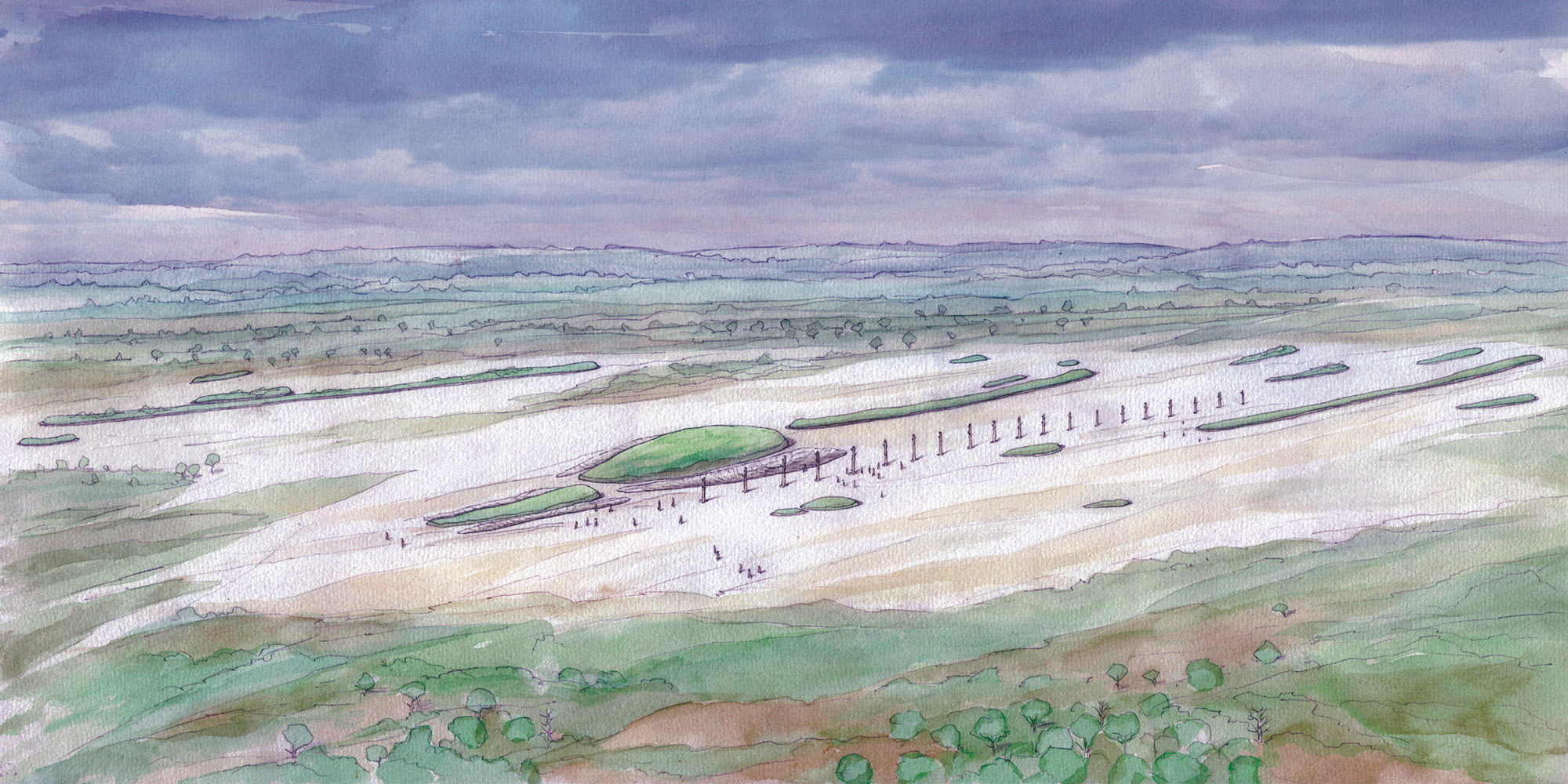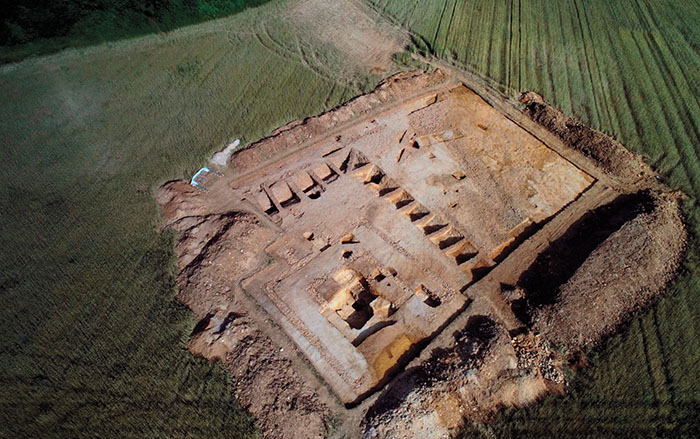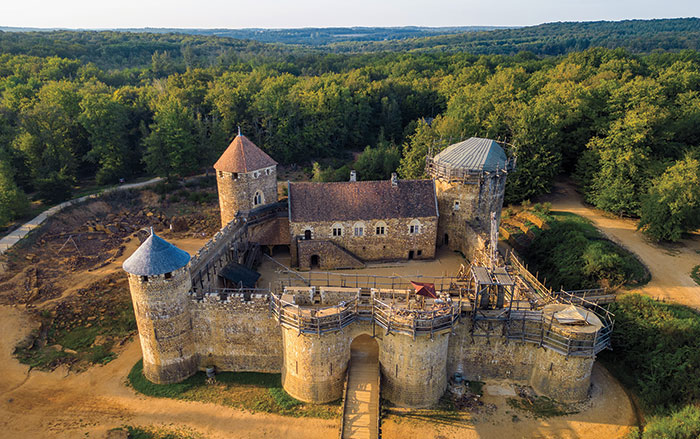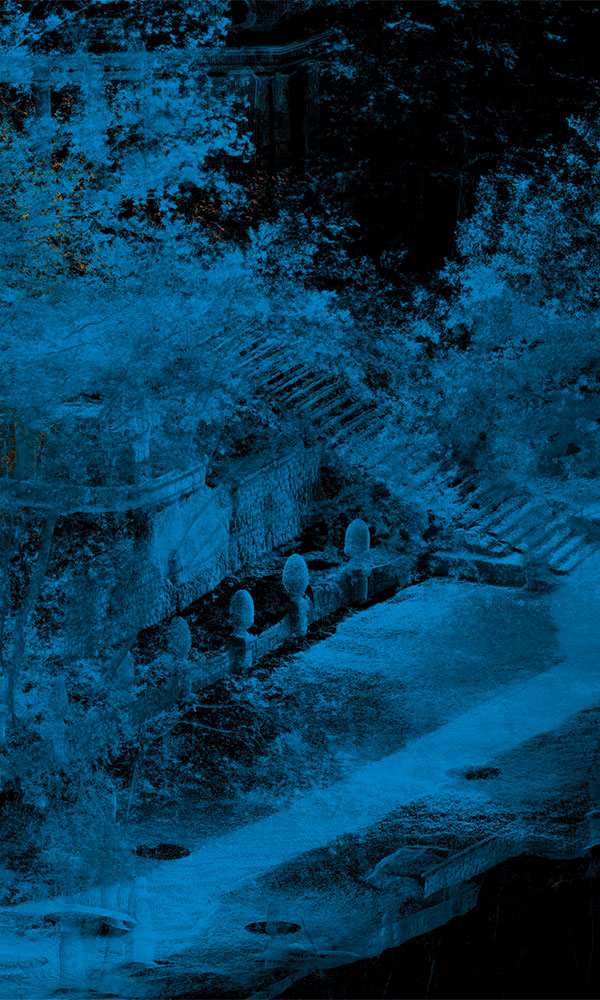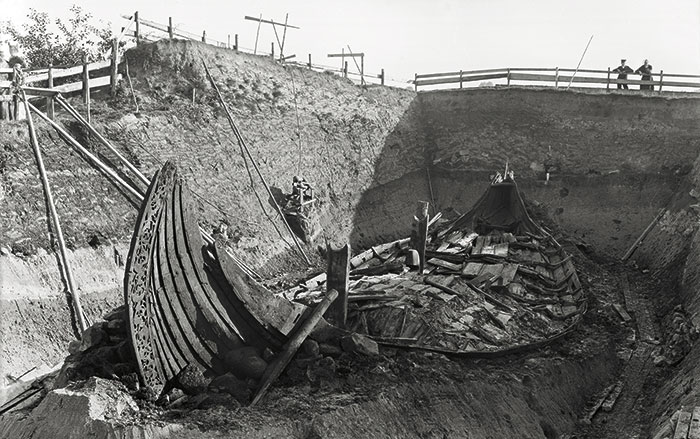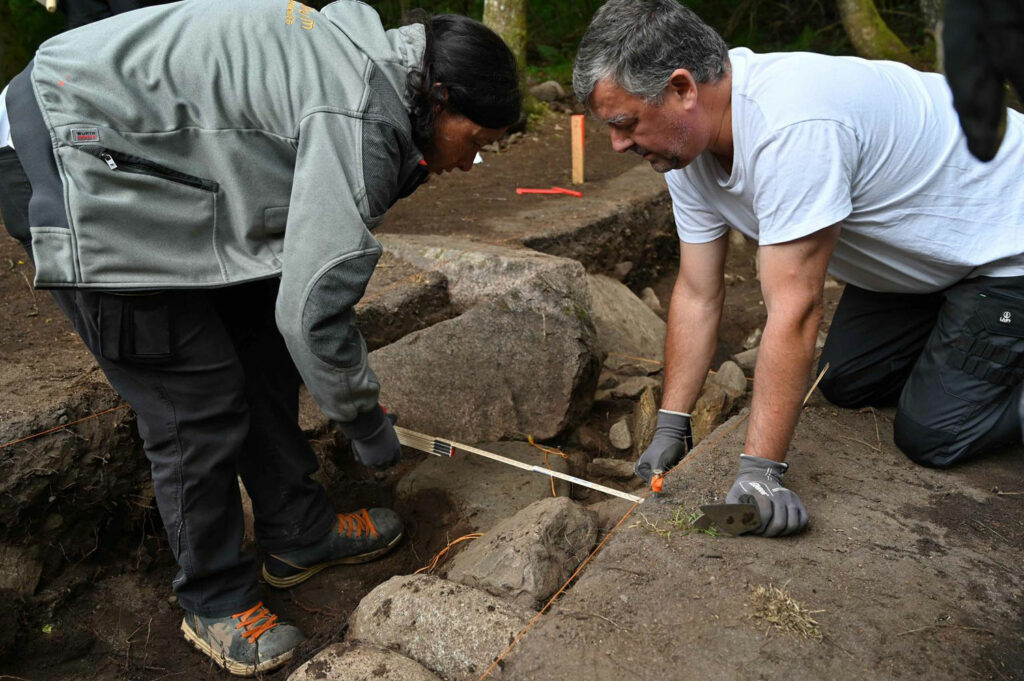
CARNAC, FRANCE—The southern coast of the French region of Brittany is home to one of Europe’s highest concentrations of mysterious megalithic standing stones. More than 10,000 are strewn around a six-mile stretch in the Carnac region, from La Trinité-sur-Mer to Erdeven. Unlike other megalithic monuments, such as Stonehenge, these do not typically form a circle, but are linear or curvilinear in nature. In the past, it has been difficult for archaeologists to accurately ascertain their age. According to a statement released by the University of Gothenburg, new research suggests that that not only are they even older than expected, but they might be the first such stone alignments ever built. A French-Swedish collaboration recently carried out excavations at the new site of Le Plasker in Plouharnel, on the Bay of Morbihan. They uncovered a series of fire-related pits that were associated with the construction of the stone monument. Radiocarbon dating of charcoal samples indicated that the megaliths were erected between 4600 and 4300 b.c. “The alignments in the Carnac region now appear to be among the earliest megalithic monuments in Europe,” said archaeologist Bettina Schulz Paulsson of the University of Gothenburg. “We have also confirmed the Bay of Morbihan as the earliest megalithic region in Europe.” Read the original scholarly article about this research in Antiquity. To read about another megalithic site in central France, go to "Megalithic Mystery."



